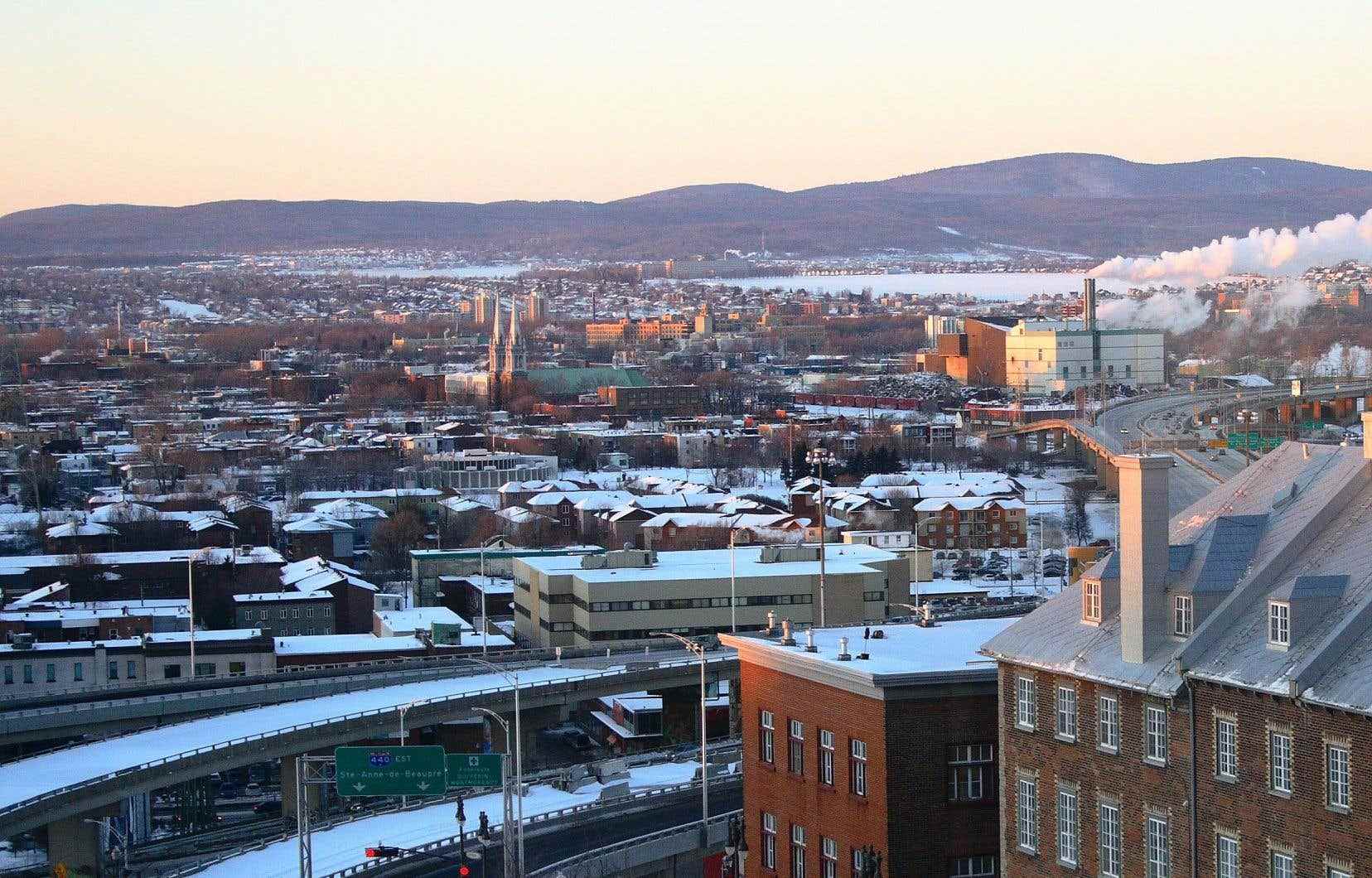We have been hearing for years about the Port of Quebec’s contribution to air pollution in the Limoilou district. However, a report published this week also points to the wood stoves used throughout the city. The duty questioned the coordinator of the study, Jean-Pierre Charland, on the importance to be given to this often forgotten source of pollution.
“In Quebec, nickel has been talked about a lot. It’s important, but we should also talk about other classes of pollutants, including fine particles, because it’s very clear that it has an impact on people’s health, “says Mr. Charland, head of the study of more than 1200 pages presented on Tuesday.
Fine particles are part of the composition of smog. When inhaled, even in the short term, they can increase the risk of cardiorespiratory diseases. They are invisible to the naked eye, and their diameter is almost thirty times smaller than that of a hair. “These particles are so small that it is easy to transport them by the wind over long distances,” explains the researcher. Even from one country to another.
Although their presence has been declining in Limoilou for ten years, the concentrations there are still higher than the Quebec average. And Quebec is, after Windsor, one of the Canadian urban regions where we measure the most, ahead of Montreal and Toronto.
Where do they come from? Mainly from the west of the city, via a “corridor” of wind which pushes them into the ambient air of Limoilou, explains Mr. Charland. To document the phenomenon, researchers from the Ministry of the Environment compared, last summer, the past concentrations of fine particles from three places: Limoilou, the Saint-Charles-Garnier college (in the upper town) and the school Primevères (in Cap-Rouge), 15 kilometers from Limoilou.
“If the winds come from the southwest, especially in winter, and there are people who use their homes a lot in the Primevères school sector, for example, that pushes the pollution in Limoilou”, continues -he.
Doctor of chemistry, Mr. Charland is a retired manager of the Air Quality Research Division at Environment Canada. In March 2022, the Minister of the Environment, Benoit Charette, had mandated him to “paint a portrait” of the air contamination in Limoilou, in the wake of the relaxation of the standard on nickel by the government. .
A winter phenomenon
Jean-Pierre Charland explains that in Quebec, fine particles contribute to creating what is called winter smog, a phenomenon that occurs when the winds are weak.
In 2021, the Capitale-Nationale is the region to have experienced the greatest number of smog days in Quebec, namely 15. If researchers believe that wood heating is in question, it is because of the progress made by Montreal in the matter.
In 2009, the metropolis adopted a regulation banning the installation of any new solid fuel appliance, with the exception of pellet appliances with environmental certification. Further restrictions followed. And in 2021, there were half as many smog days in Montreal as in Quebec, and researchers believe that this is largely due to the new rules.
Quebec has also pledged to crack down on the matter, but its regulations will not come into force before 2026.
Would it be appropriate to advance the program? The researcher considers that it is not for him to say. What types of facilities are involved exactly? The study does not provide details on this, but indicates that older installations are likely to be more polluting. “I would encourage people to check with the City to find out,” he says. I would also advise them to have their appliance inspected and perhaps also to have a periodic maintenance schedule for their chimney. »
One contaminant among others
In summer, smog episodes would have other culprits, such as highway traffic, road trucks and rail activities, says the report presented this week.
Because fine particles cohabit with other air contaminants in Limoilou, such as nickel from the port and nitrogen dioxide from automobile traffic on the surrounding highways.
Would we be concerned about these fine particles if they were the only ones to affect the air quality of Limoilou? Perhaps less, concedes Mr. Charland.
Moreover, fine particles do not disperse in the same way in the neighborhood as nickel, which is found in greater concentration to the east, near the port, he mentions. “It is a source that is not badly diffused. So it’s likely to affect the whole neighborhood quite a bit. »
As for knowing what Limoilou residents can do to protect themselves, the author of the report suggests that they keep themselves informed. In particular via the Info-Smog program of the Ministry of the Environment. “The people of Limoilou are very mobilized,” he adds. Since last year, the RevolvAIR citizen platform has been used to document air quality using 75 sensors distributed throughout the neighborhood.
Another study by the Regional Department of Public Health is to be published on this subject in the spring.
